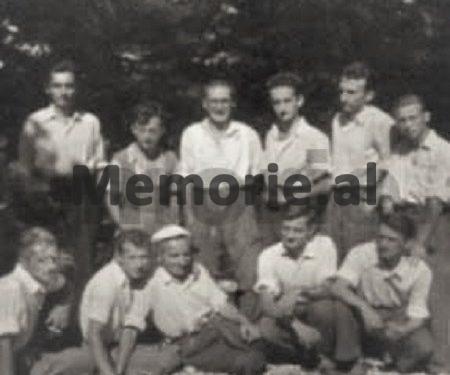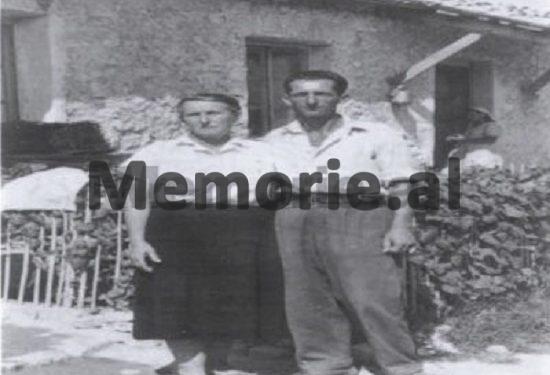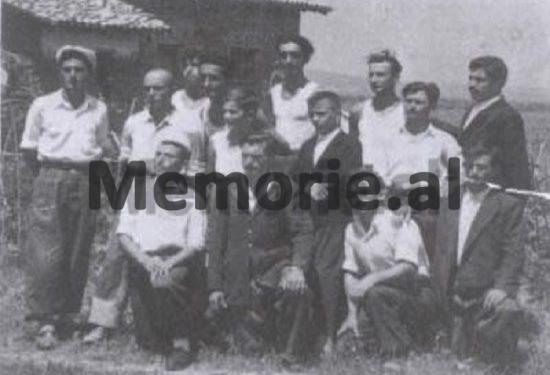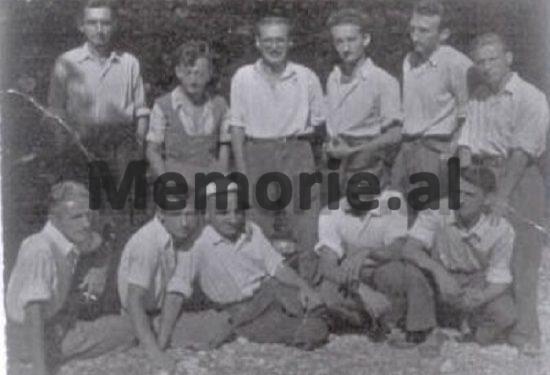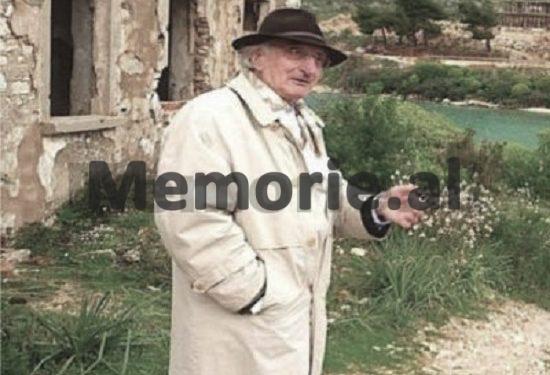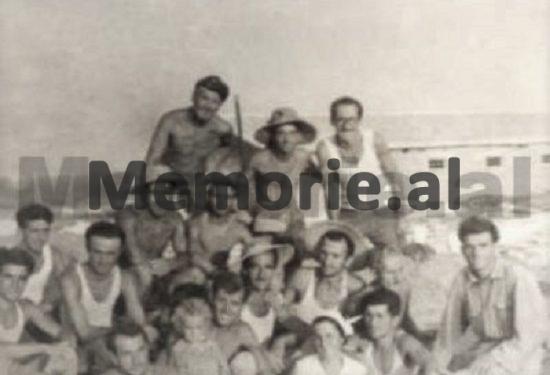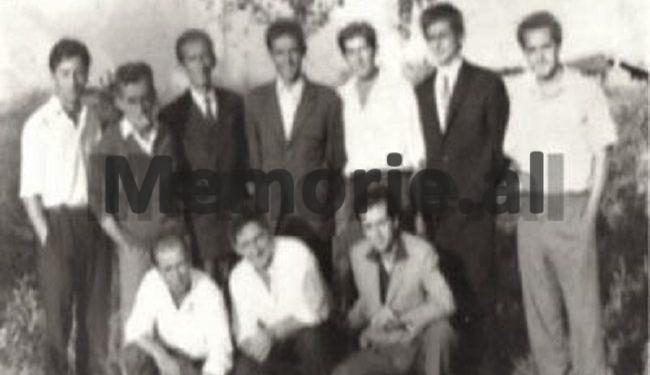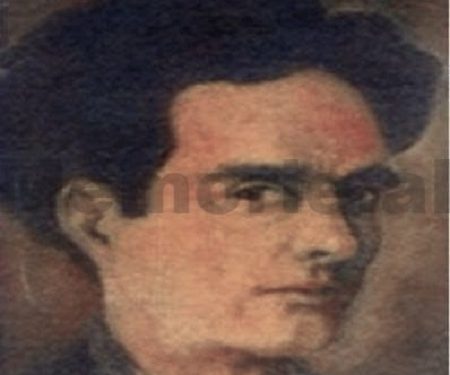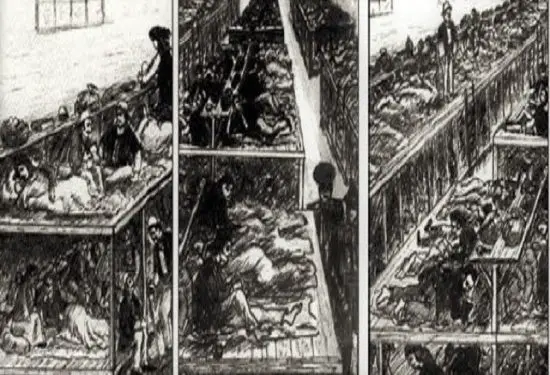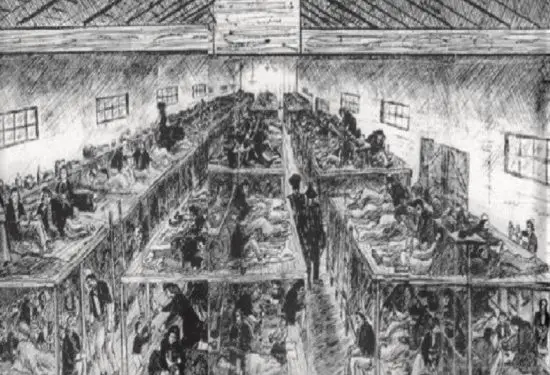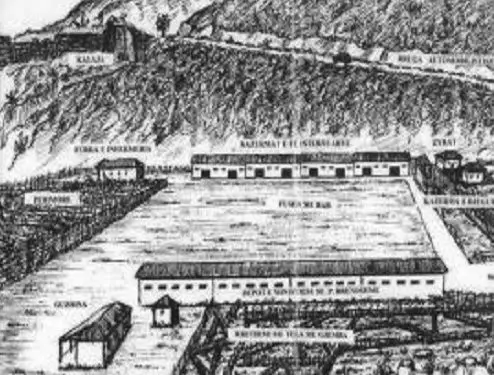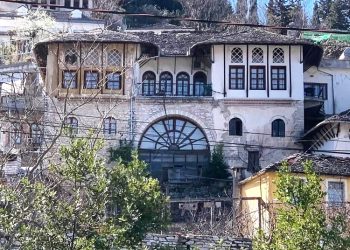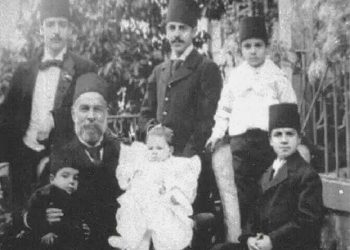Dashnor Kaloçi
Memorie.al /The testimony of 88-year-old Lek Pervizi living in Belgium, who together with his brothers’ families stayed in camps and internments from 1945 to 1991.
At the end of 1948 or the beginning of 1949, when Albania broke off relations with Tito’s Yugoslavia, mass escapes began in almost the entire north of the country. As a result of this situation and to curb the large influx of people fleeing the country, the communist government of Tirana immediately increased the repression and at that time mass deportations began.
As a result of that repression, the Berat and Kuçova camps that had just opened were filled with internees. Given the large number of internees who gathered in those two camps, the communist government was forced to open the Turhan and Memalijat camps in the Tepelena district. In those two camps where about 6000 internees lived on the verge of misery, in the first day’s various epidemics broke out and in August 1949 in the camp of Turhan overnight 33 children died from the disease of dysentery “.
The man who speaks and testifies about the long ordeal of suffering of hundreds of Albanian families in various internment camps, which the communist regime of Enver Hoxha had declared a “reactionary family”, is 88-year-old Lek Përvizi, originally from Skuraj i Kurbinit, who with his family suffered in various camps from 1945 until the 1990s. Although Lek Përvizi has been living in Brussels, Belgium since 1991, he does not easily forget the suffering he went through in those camps and wants to talk not only about the tragic drama of his family, but about those dozens and dozens. other families who had the same “luck” with him.
Regarding this period of time, after the ’90s Leka has written several books and is the publisher of the magazine “Kuq e Zi” which publishes without interruption for 20 years in exile in Brussels. Leka is also the only former convict in the camps of the communist regime of Enver Hoxha, who has painted many sketches from the camp of Tepelena and his comrades, preserving them with many sacrifices in various places of internment where he has been family until 1991 and bringing them to us as a living and indisputable evidence of one of the darkest periods of the communist dictatorship in Albania.
But who were those large families that the communist regime of Enver Hoxha declared “Families of enemies and reactionaries” and when the long ordeal of their suffering began? What was the first internment camp that the communist regime opened in Albania and what were the first families sent to serve their sentences there? Who were the other camps that were opened afterwards and how were the internees treated in those camps? Regarding this and other events from the internment camps, this article is based on the testimonies of Lek Perviz.
(Attached to this article we are publishing some rare photos of internees in various camps of the communist regime of Enver Hoxha, where Lek Pervizi or his family have gone out with other accomplices, from families: Kupi, Gjonmarkaj, Bajraktari, Staravecka, Kola , Marashi, Dosti, Çelo, Dine, Dema, Koliqi, Trashani, etc. etc.)
May 1945, the first deportations of “reactionary” families
Although the communists who came to power in December 1944, arrests of their political opponents had begun as early as the summer of that year, the first deportations of those families they declared “reactionary” began only in May 1945. The first detainees who had been captured shortly before the end of the war, whom the communists considered enemies, were gathered in one of the Italian barracks somewhere on Mount Dajti and held there in isolation until January 1945.
At that time, they were taken down to the city of Tirana and isolated mainly in the New Prison and the Old Prison. This was the first contingent of political prisoners in Albania, and a few months later, in May 1945, the communist government of Tirana began mass deportations where the first “shelter” of those families was the city of Berat.
In this regard, Lek Përvizi, testifies: “Until May 1945, many of the large families that were declared reactionary, such as Gjomarkaj, Mëlyshaj and Bajraktars of Mirdita, Kaloshët, Dinet, and Demët e Dibra, Bajraktars of Kukës, Sokolët and Marashët of Shkodra, Përvizët and Lalat of Kurbin, were kept isolated in the Internal Branches of their districts. In May of that year, these families and many others who were known as Zogist families, without any court decision were all interned in the city of Berat, which became the first center and “shelter” of all families. reactionary” mainly of the North of Albania.
While at that time the city of Berat was “populated” From these “reactionary” families of Northern Albania, the city of Kruja became the “shelter” of many other families of Southern Albania. The families that were interned at that time in the city of Kruja, were mainly from the city of Korça but there were also from Gjirokastra, Saranda and the Dropull area of the Greek minority. From those families that were interned at that time in the city of Kruja, I remember: Kokali from Saranda and Kullaj from Zëmbëlaku. All those families who were interned in the cities of Kruja and Berat, had previously had all their movable and immovable property confiscated and they had left their homes only in body clothes.
There were also many families whose homes had been burned down by the Communists after being arrested and deported. Among those families whose houses were burned were, among others: Gjomarkaj of Mirdita, Marash of Shkodra, Dinet and Demat of Dibra, Kolat of Mat, etc. “, recalls 88-year-old Lek Përvizi, regarding the period when the communist regime of Enver Hoxha began internments the first of those families he declared “hostile and reactionary.”
How were the “reactionary” families treated in Berat and Kuçova?
But how were those families who were forcibly sent by the communist regime to serve their sentences as interned in the city of Berat treated? Regarding this, Lek Përvizi testifies: “The first families that were sent into exile in the city of Berat, were: Gjomarkaj, Mëlyshët, Bajraktars, Përvizët, Lleshmarashët, Sokolët, Dinet, Demat, Kolat, Dodgjinët etc. Those families settled mainly in the neighborhood “Kala”, but later they settled in other neighborhoods of the city such as “Mangalem”, “Murat-Çelepias” etc. Those families were initially given only 500 grams of cornbread a day and were forced to pay the rent of the house where they lived. Many of those families who were interned in Berat, even though they lived in makeshift huts or huts, paid the same rent as those who were in somewhat better condition. All persons of interned families in the city of Berat, had no right to leave the city and three times a day all: with women, men, children and the elderly, appeared three times a day on appeal to the Internal Affairs Branch.
From the first days that those families were sent there, in May 1945, the communist regime tried to humiliate them by all means. One of the methods used to humiliate those families was to open sewers in the middle of the city. The internees were then sent to work in various jobs in agriculture and especially in the fight against locusts in the planted fields. At that time many of the families who could not keep their breath alive with 500 grams of bread a day, were forced to go to the mountains to make wood, to sell them in the city to earn some money for a living. physical suffering and starvation, at that time many interned families experienced on their backs and numerous stresses from the lusts of Security officers seeking to shoot young girls. Since none of those girls fell into their “lap”, the Security officers were forced and imprisoned many of those young girls. Although the communist propaganda at that time used all means to humiliate our families who were interned there, the people of Berat were very noble and tried their best to alleviate our pain. Many Berat families at the time sent food and clothes and blankets to interned families to sleep on. Likewise, there was a great deal of solidarity within the interned families at that time.
Many of the families who had some income or more labor were always found and given to those families who did not have labor to work. At that time there were not many arrests in the families of the interned, and when a fugitive was killed, his family was released from exile and returned to where he had come from. This is what happened to the family of Llesh Marashi who was executed at that time in Shkodra. But that did not always happen, because there were cases like that of the Gjonmarkaj family, that although many of them were killed, they were never released from exile. By the end of 1947, many families from Berat were sent to Kuçova, where the construction of the aviation field began.
Those families settled in Italian barracks and were given only dry bread without food to eat. “After Kuçova, many of those families were brought to Valias in Tirana to work in agriculture, such as Gjomarkaj, Demët, etc.”, recalls Lek Përvizi regarding the treatment of interned families in the city of Berat and Kuçova.
Death of 33 children in Turhan camp
After the city of Berat, the communist regime of Enver Hoxha began sending the internees to other cities as well. In this regard, Lek Përvizi testifies: “At the end of 1948 or the beginning of 1949, when Albania broke off relations with Yugoslavia in the North of the country mass escapes began. To curb the influx of refugees, the communist regime at the time increased repression and began mass deportations. Since Kuçova and Berat at that time were full of interned families, in order not to be noticed, the communist regime was forced to open two more camps in Turhan and Memalija of Tepelena.
In those two camps that were filled only with interned families from Northern Albania, the living conditions were on the verge of misery and the internees lived in primitive conditions. They were given only 500 grams of dry cornbread and nothing else. At the time Bardhok Biba was killed, the number of internees in the two Tepelena camps reached 6,000. Due to the great lack of hygiene, epidemics of various diseases broke out there and people died en masse. The average death toll from those epidemics was seven per day. The biggest catastrophe happened in August 1949 when 33 children died in Turhan camp overnight and this is witnessed by Abdurrahman Kaloshi, who can tell more.
All those children died from the epidemic of dysentery because there was no medical help and the cornbread was moldy. To the horror of that night’s deaths added even more anxiety because it did not promise time to open the graves for all those babies. A woman from Vermoshi, Dukagjini, named Cukalina, lost her twin children, one in the morning and the other at dinner. Since they were also the only men of the tribe, their mother killed herself the next day with all her sister. This great tragedy caused great commotion among the doctors of Gjirokastra and Tepelena, who had the courage and made it a problem in Tirana. The communist government of Enver Hoxha was forced and sent there a group of officers to see the situation and after that inspection was decides to close the camps of Turhan and Memaliaj. All the internees of those two camps were sent to the Tepelena camp where the conditions were somewhat different than there, because they were placed in the Italian barracks where there was water to drink. But even in that camp where the internees were given only 650 grams of wheat bread with a little soup with worms that was just water, the deaths continued again. Even there the internees could not escape the cold and hunger.
They were sent to work in the woods for wood, manure, and to maintain piles for construction. By the end of 1949 many internees were sent to the Porto-Palermo camp that had just opened at the time. In that camp they settled in Kala and many of the internees to this day are blinded by the darkness that was there “, remembers Lek Përvizi, regarding the tragedy of the camp of Turhan where in August 1949, 33 children died from poor living conditions.
From Tepelena to Myzeqe
The families interned in the Tepelena camp remained there until 1953, because at that time many of the able-bodied forces were sent to work in different districts for the construction of several Internal Branch buildings. Regarding the further fate of the interned families, Lek Përvizi testifies: “In 1954, the Tepelena camp was closed and all the families who were there were gathered and brought to some camps that were opened in the fields of Myzeqe, such as sectors of Grabjan, Çermë, Gradishta, Dushku, Plug, Savërs, Xhazës etc.
In 1954, some of the internees were sent to the Kuçi i Kurvelesh camp, which had just opened at that time. Only among the 100 internees who were immediately sent there, 60 of them had graduated from Western universities, such as Dom Mikel Koloqi, Ali Erebara, Ibrahim Sokoli, Nedim Kokona, Sami Kokalari, etc. The Kuçi i Kurvelesh camp was closed in 1958 and the internees who were there were brought back to the Myzeqe camps. In those camps, together with dozens of families such as Dostët, Gjomarkajt, Çelët, Hoxhat, Bajraktari, Dinet, Demët, Ndretë, etc., we stayed until 1990, when the Deportation Commission was dissolved.
“Some of the internees stayed there for several more years after 1990, but for the sake of truth I want to say that in those camps there are still some of the internee families who have nowhere to find another shelter.” concludes his story 86-year-old Lek Përvizi, on the tragic fate of many noble families that the communist regime declared “reactionary” and deported them for 45 years in internment camps that were opened throughout Albania./Memorie.al





